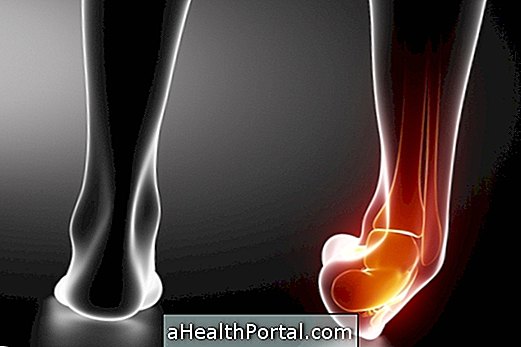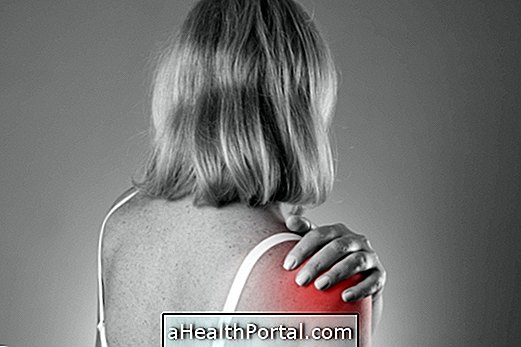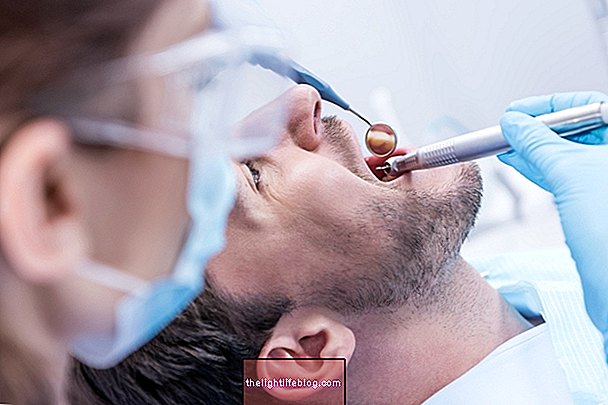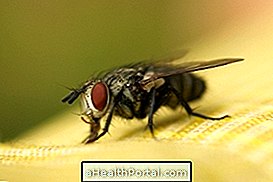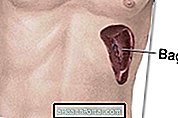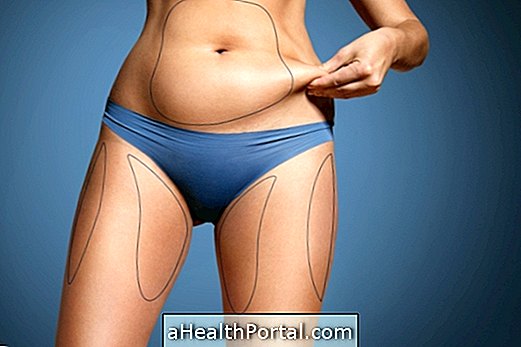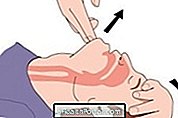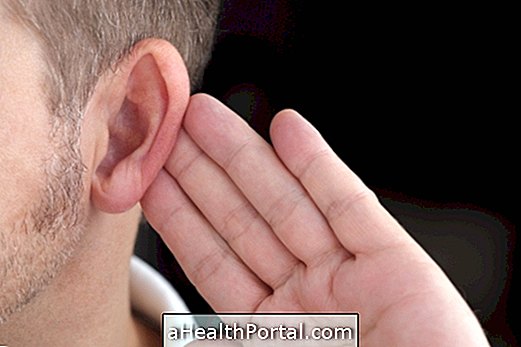Rickets is a child's disease characterized by the absence of vitamin D, which is important for the absorption of calcium in the intestine and subsequent deposition in the bones. Thus, there is a change in the development of children's bones, which may have primary or secondary causes:
- Primary rickets, in which there is insufficiency of vitamin D or lack of calcium caused by long periods without exposure to the sun, low calcium intake or consumption of acidic substances that combine with calcium and are eliminated, such as the fish mush;
- Secondary rickets, which happens as a consequence of a pre-existing disease, such as kidney disease, cancer or genetic alteration.
Treatment for rickets varies according to its cause, but in all cases it is necessary to supplement vitamin D and change the diet in order to consume foods rich in calcium.

Main changes associated with rickets
Symptoms of rickets may vary according to the stage of the disease. In the acute phase, there may be apathy, anemia, irritability and muscle spasms. In the chronic phase of rickets, there may be:
- Varus knee with or without tibia sticks, in which the knees remain apart even when touching one ankle against the other;
- Valgus knee with or without tibial valgus, where the knees are always in contact;
- Thickened wrist and ankle joints, known as Marfan's Sign;
- Dorsal spine deformity, with kyphosis being observed;
- Changes in the basin;
- Swelling in the ankle joint, known as Marfan's malleolar edge.
In addition, in the most severe cases rickets can cause deformities in the skeleton, which may include arched legs, delayed tooth eruption, hypoplasia of tooth enamel, muscle weakness, pain, thickening of the skull bones, called the Olympic forehead, and greater risk of infections. Know all the symptoms of Rickets.
When there is also a lack of calcium in the body, other symptoms may appear besides those mentioned, such as muscle spasms and cramps and tingling in the hands and feet, for example.
Causes of Rickets
The main cause of primary rickets is a lack of vitamin D, which affects the structure and development of bones. This is because calcium is better absorbed when foods rich in vitamin D are ingested, and therefore, when vitamin D is lacking, its absorption is affected. In addition, rickets can also be caused by a lack of calcium, which is essential for bone development.
Secondary rickets is determined by a pre-existing disease, such as kidney disease or cancer, with interference in the calcium absorption process. The use of anticonvulsants may also be related to secondary rickets.
There are also other, rarer forms of rickets that originate from genetic mutations or other conditions that affect the way minerals and vitamins are absorbed by the body.
How did the diagnosis
The diagnosis of rickets can be made by performing a physical examination, where the doctor can check for short stature or decreased growth speed and the presence of skeletal deformities.
In addition, laboratory tests, such as calcium, vitamin D and alkaline phosphatase measurements, in addition to radiographic tests, may be requested to complement the diagnosis.
How is the treatment
The treatment of rickets is based on the replacement of vitamin D in the body, through the ingestion of vitamin D supplements. In addition, it is important to increase the consumption of foods rich in vitamin D, such as cod liver oil, salmon, horse mackerel, boiled egg or canned sardines. Discover other foods rich in vitamin D.
Adequate doses of calcium and sun exposure should also be advised. In the case of rickets secondary to other diseases, the disease responsible for rickets must be treated.
When rickets are caused by a lack of calcium, their replacement can be done through the consumption of calcium-rich foods such as broccoli, cabbage or milk products, such as milk, cheese and yogurt, for example. See other calcium-rich foods.
The best way to prevent rickets is through a balanced diet composed of foods rich in vitamin D and calcium, which should be recommended by the nutritionist and the doctor, in addition to daily sun exposure at the indicated times.
Was this information helpful?
Yes No
Your opinion is important! Write here how we can improve our text:
Any questions? Click here to be answered.
Email in which you want to receive a reply:
Check the confirmation email we sent you.
Your name:
Reason for visit:
--- Choose your reason --- DiseaseLive betterHelp another personGain knowledge
Are you a health professional?
NoMedicalPharmaceuticalsNurseNutritionistBiomedicalPhysiotherapistBeauticianOther



